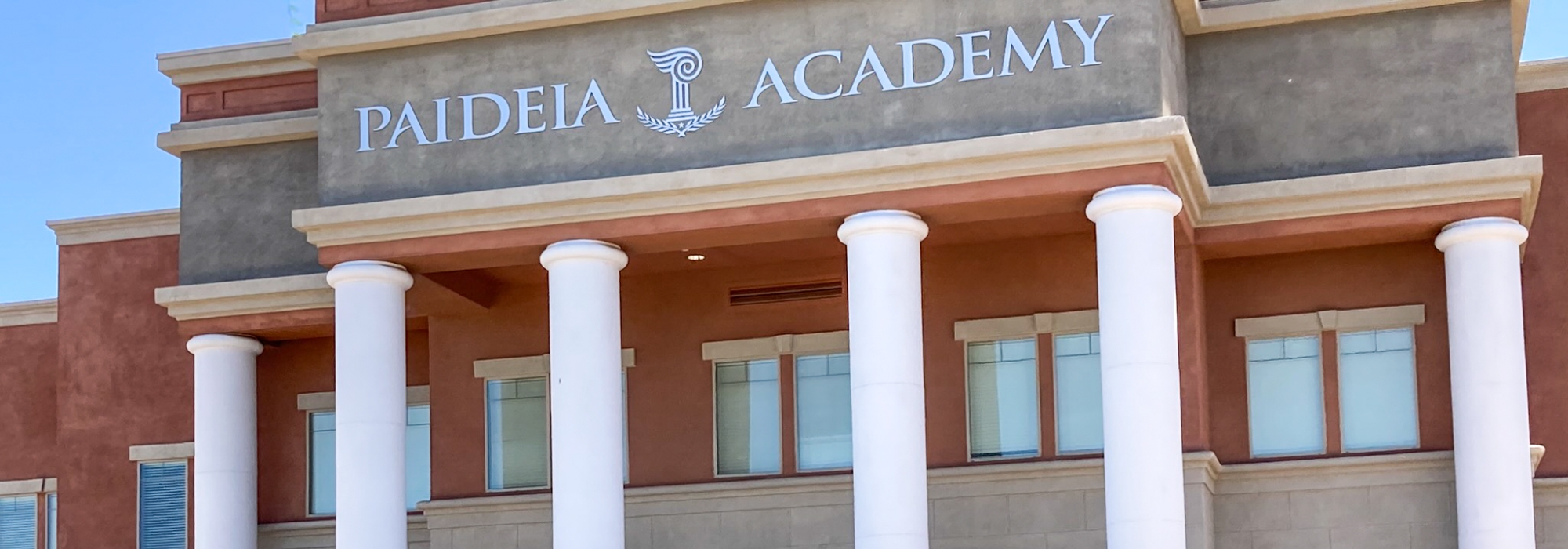
Can Photovoice help us center student and parent voices when addressing challenges in our schools
Stephanie Lechuga-Pena, ASU School of Social Work
Background
Photovoice is a qualitative community-based participatory research (CBPR) method developed by Wang and colleagues in the early 1990s to assist rural Chinese women in documenting their everyday health and work conditions. The method has three primary goals: recording and reflecting on community strengths and concerns, promoting critical dialogue and knowledge about important issues through large and small group discussions, and communicating with policymakers and those in power to advocate for change.
This photovoice project was conducted with families at Paideia Academies in South Phoenix. Few photovoice projects have been conducted with the whole family unit as participants, in which both students and parents work together in all aspects of the photovoice project. In preparation, families were asked to create an asset map that includes resources they value in their school community. Next, they were asked to write or draw the components they like about their community on one side of the paper, and on the other side, the aspects they did not like or would like to change in their school. Participants were prompted to consider the many different aspects, including, but not limited to, the school location, institutional elements, and physical spaces. This exercise is an essential starting point for both students and parents to consider when determining their school community’s strengths and challenges.
Research questions
-
What are the challenges and strengths of Paideia Academies from student and parent perspectives?
-
How can students and parents work with Paideia Academies stakeholders to address the challenges they identified?
Methods and findings
In spring 2021, Lechuga-Peña began to seek out a community partner to collaborate with. Dr. Brian Winsor, another KER fellow, was interested in learning more about photovoice and wanted more opportunities to connect with his students' parents. I detailed the photovoice project, and we agreed to partner on this project.
Lechuga-Peña began by familiarizing herself with the school community and choosing a time to launch the project while following appropriate COVID-19 protocol. She launched the photovoice project in the fall with six families. Families met for two hours a week for five weeks. Each meeting began with dinner, a critical component of the program, followed by group activities designed to prepare families to take photos of the strengths and challenges of their school community.
Families were asked to explore their feelings about their school community by taking photographs of its self-identified strengths and challenges. During the photovoice learning session, families were given a photography assignment and asked to photograph a total of eight images, including four strengths and four challenges in their community. Participants were also asked to take these photographs during the following week and on their own time. It was emphasized that the photographs they took would build upon the asset map activity. Parent participants were reminded to encourage their children to participate in decision-making while taking photographs in their community. During the week leading up to the final session, parent participants forwarded the photos their family took to the lead facilitator through text message or email. The lead facilitator then printed two copies of each photo families took. One copy of each photo was to be used for the photovoice display boards families would create, and one copy was given to the families for them to keep.
Families then created photo board displays with their photos and quotes to present and exhibit to the broader school community, providing a platform to center their voice on issues impacting them and providing a call to action to address changes they want to see in their school community.
Partners
-
Paideia Academies, Inc.
-
ASU School of Social Work students
Impact
Photovoice is an empowering tool and can be taught to almost anyone because they only need a camera to capture a photo. The photos captured by the participants are used as a communication tool to educate, inspire, and influence decisions that affect the individual, their family, or community. Photovoice allows individuals from groups whose voices are not typically heard to voice their concerns through photography. Photovoice recognizes that this tool can be used for anyone and gives expertise and insight into their communities and worlds that professionals and outsiders may lack.
Deliverables
The process of creating visual images is often a source of empowerment, and at the completion of the photovoice project students and parents will have the opportunity to share their project with the larger school community. Project deliverables include a photovoice presentation to stakeholders from students and parents as well as a photovoice display in the school community’s public spaces, where people can see the strengths and challenges captured through photography and participant narratives.
Stephanie Lechuga-Peña
Assistant Professor
ASU Watts College of Public Service and Community Solutions
Academic Fellow, 2021
Stephanie Lechuga-Peña, is an Assistant Professor in the School of Social Work and has more than 20 years of experience in social work practice, working with low-income youth and families. Drawing on Critical Race Theory and Latino Critical Race Theory, she examines parent engagement in low-income and subsidized housing neighborhoods and the barriers and facilitators Latinx youth experience in their educational outcomes. She is currently testing the intervention she developed, Your Family, Your Neighborhood (YFYN). YFYN is an intervention that works with families living in low-income and subsidized housing communities in Denver, CO and Phoenix, AZ. YFYN supports parents/guardians in their ongoing efforts to provide their children with an effective and supportive educational environment within a supportive and engaged community.
